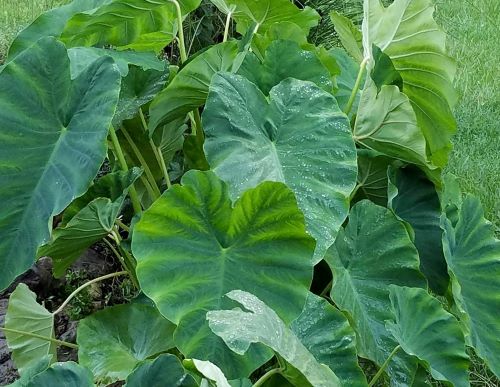Armyworms are prolific and sensitive to favorable conditions. Their eggs are laid in fluffy large clusters on the crowns of seedlings and on the leaves of older plants. In five to ten days, the caterpillars hatch and feed for several weeks. As they pupate, they emerge as adults 10 days later. More than three generations are commonly produced every season while you’re taking care of worms from your garden plants. One generation may also lay six eggs in a single season if they are not able to escape. It is thought that armyworms will overwinter as eggs and pupae below the soil in places with milder winters. In warm climates, they may remain active all year round.
How Many Leaves Does One Elephant Ear Bulb Produce
The elephant ear plant is a tropical perennial that can grow to be over 3 feet tall, and they have large leaves that have many different shades of green, red, and purple. The leaves of the elephant ear plant are large and heart-shaped, with a thick, fibrous texture, and grow up to three feet long. … Read more
